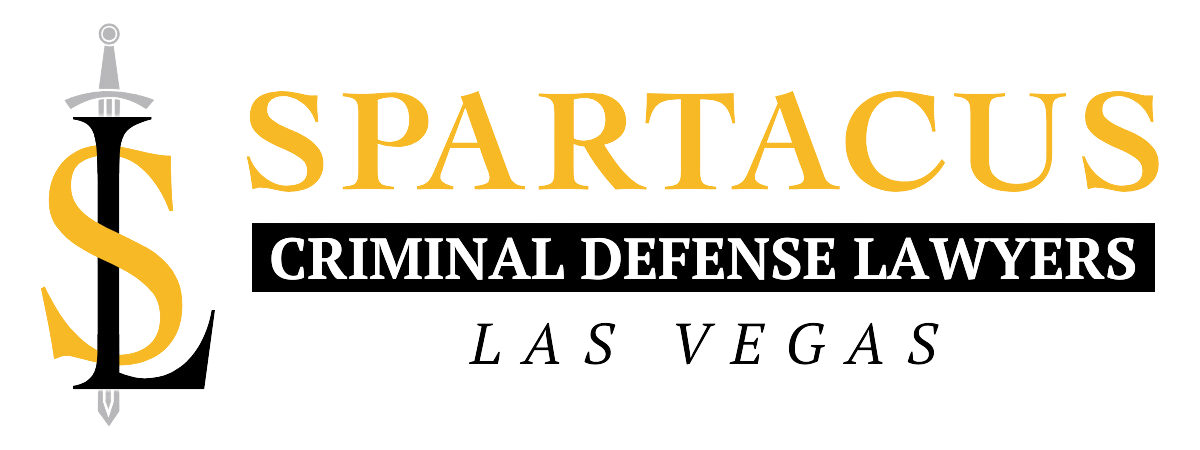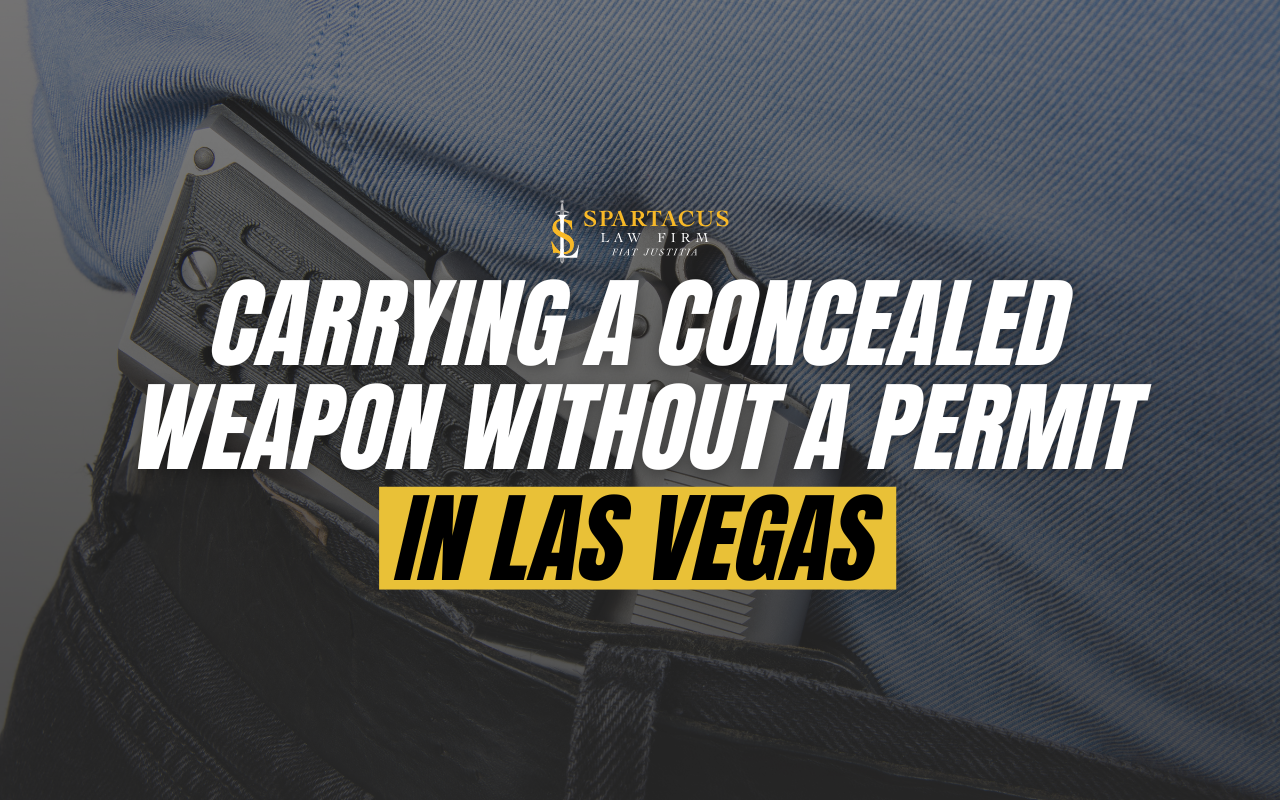The Nevada Supreme Court has consistently held that Nevada’s DUI statute provides the exclusive punishment for non-intentional deaths resulting from intoxicated driving in Murder for a DUI Resulting in Death. See, Sheriff, Douglas County v. La Motte, 100 Nev. 270, 680 P.2d 333, 334 1984, which declined to extend liability for second degree murder to deaths resulting from drunk driving because “the Nevada Legislature has set the punishment for killing or seriously injuring another while driving a vehicle under the influence of intoxicants” and judicial “[e]xpansion of the range of punishments for those drunk drivers who kill fellow motorists would constitute an impermissible judicial excursion into the legislature’s domain”); Johnston, 101 Nev. at 95, 692 P.2d at 1308 (“it is improper to charge second degree murder for a death resulting from drunk driving”).
However, the Nevada Supreme Court has never directly addressed whether Nevada’s reckless driving statute similarly preempts a second-degree murder charge. This issue came to a head in the case of Leavell v. Eighth Judicial Dist. Court of Nev., 2020 Nev. Unpub. LEXIS 851, 471 P.3d 749, 2020 WL 5543073 Mr. Leavell contended that the two statutes collectively preempt a charge of second-degree murder based on allegations of reckless driving combined with DUI.
The Clark County District Attorney’s Office (State) wholly disagreed with Mr. Leavell’s contention of the reckless driving statute pre-emption of a second-degree murder charge. In fact, there were four other active second-degree DUI/reckless driving cases pending during Mr. Leavell’s challenge:
The State charged murder in Aylin Alderette, 111 miles per hour, running through stop lights, weaving around traffic, and killed an eight-year-old in a school zone. The State charged murder.
In Mr. Buckingham, the case from Boulder City, 137 miles per hour of his own admission, killed a man on a Wednesday morning in the middle of the street on a 45 mile per hour zone.
The State charged murder on Jonathan Mora, 117 miles per hour, 11 p.m. near a park in the dark, killed the kid inside his car.
The State charged murder on Jorge Cardenas, a man who was fleeing the scene of another collision while he also happened to be intoxicated and killed a man at 80 miles per hour in a bike zone.
Nevada’s General Murder Statute in Murder for a DUI Resulting in Death
Nevada’s general murder statute was enacted in 1911. See NRS 200.010, added by C&P (1911), § 119. The statute defines murder as “the unlawful killing of a human being . . . [w]ith malice aforethought, either express or implied.” NRS 200.010. “Express malice” is defined as “that deliberate intention unlawfully to take away the life of a fellow creature, which is manifested by external circumstances capable of proof.” NRS 200.02(1). Express malice requires a specific “intent to kill”. Keys v. State , 104 Nev. 736, 740 766 P.2d 270, 272 (1988). Where a specific “intent to kill” is present, a defendant may properly be charged with first-degree murder. See NRS 200.030(l)(a) (“willful, deliberate and premeditated killing” is murder in the first degree).
By contrast, “implied malice” is said to exist “when no considerable provocation appears, or when all the circumstances of the killing show an abandoned and malignant heart.” NRS 200.020(2). Implied malice “does not necessarily import ill will toward a victim, but signifies general malignant recklessness of others’ lives and safety or disregard of social duty.” Keys, 104 Nev. at 740, 766 P.2d at 271. Implied malice, or that “malignant disregard and recklessness concerning the life and safety of another” is the mens rea required to sustain a charge of second-degree murder. Id. Second-degree murder is category A felony that carries two possible sentences: 10-years-to-life, or 10-25 years. NRS 200.030(5). By statute, a person who is convicted of second-degree murder “shall” be sentenced to one of these two terms. NRS 200.030(5).
Pursuant to these general statutes, Mr. Leavell was charged with second-degree murder for causing the death of Mr. Villicana, by:
Entering [his] 2014 Chevrolet Camaro and driving away from his residence while violating various traffic laws, including but not limited to accelerating to speeds in excess of 100 miles per hour over the 25 miles per hour posted speed limit in a residential neighborhood and/or failing to stop at a stop sign, all of which was exacerbated by the Defendant’s impairment from his use of Marijuana.
Nevada’s Specific DUI/Reckless Driving Statutes in Murder for a DUI Resulting in Death
In 1969, Nevada’s legislature enacted comprehensive “Rules of the Road”. See Compiled Legislative History for A.B. 271. The purpose of these rules was to “(establish traffic laws which are uniform throughout the State of Nevada, whether or not incorporated into local ordinances” and to “(minimize the differences between the traffic laws of the State of Nevada and those of other states.” See NRS 484A.005 (this purpose applies to NRS 484A-484E, inclusive).
As originally enacted, the Rules of the Road did not cover deaths resulting from DUI or reckless driving. However, in 1973, Nevada’s Legislature amended the Rules of the Road to criminalize DUI causing death. See NRS 484C.430, added by Laws 1973, p. 447; see also Compiled Legislative History for A.B. 218. And in 1981, Nevada’s Legislature amended the Rules of the Road to criminalize reckless driving causing death. See NRS 484B.653, as amended by Laws 1981, p. 1924 in this article Murder for a DUI Resulting in Death.
https://www.leu.state.nv.us/Division/Research/Librarv/LeizHistorv/LHs/1973ZAB218.1973.pdf (last visited 10/21/19).
The crime of DUI causing death is set forth in NRS 484C.430(1). That statute provides for a maximum penalty of “not more than 20 years” in prison as follows:
Unless a greater penalty is provided pursuant to NRS 484C.440, a person who:. . .
(d) [i]s under the influence of a controlled substance . . .
[or]
(f) [h]as a prohibited substance in his or her blood or urine, as applicable, in an amount that is equal or greater than the amount set forth in subsection 3 or 4 of NRS 484C.110, and does any act or neglects any duty imposed by law while driving or in actual physical control of any vehicle on or off the highways of this State, if the act or neglect of duty proximately causes the death of, or substantial bodily harm to, another person, is guilty of a category B felony and shall be punished by imprisonment in the state prison for a minimum term of not less than 2 years and a maximum term of not more than 20 years . . .
NRS 484C.430(1)
The crime of reckless driving is set forth in NRS 484B.653(1). That statute makes it “unlawful for a person” to “[d]rive a vehicle in willful or wanton disregard of the safety of persons or property on a highway or premises to which the public has access.” NRS 484B.653(l)(a). The statute also criminalizes “unauthorized speed contest[s]” and “trick driving display[s].” NRS 484B.653(l)(b)–(e).
However, when death results from any of these forms of reckless driving, the maximum penalty is “not more than 6 years” in prison:
Unless a greater penalty is provided pursuant to subsection 4 of NRS 484B.550, a person who does any act or neglects any duty imposed by law while driving or in actual physical control of any vehicle on a highway or premises to which the public has access in willful or wanton disregard of the safety of persons or property, if the act or neglect of duty proximately causes the death of or substantial bodily harm to another person, is guilty of a category B felony and shall be punished by imprisonment in the state prison for a minimum term of not less than 1 year and a maximum term of not more than 6 years and by a fine of not less than $ 2,000 but not more than $ 5,000. NRS 484B.653(9)
The Nevada Supreme Court Ruling
The Court ruled that although malice may be inferred from the facts of this case, which would support a charge of second-degree murder, the Legislature has preempted such a charge for cases of non-intentional vehicular homicide. See NRS 484B.657. As we likewise held in Sheriff v. LaMotte, 100 Nev. 270, 272-73, 680 P.2d 333, 334 (1984), and confirmed in Johnston v. State, 101 Nev. 94, 95, 692 P.2d 1307, 1308 (1985), the State may not charge a defendant with second-degree murder for a death resulting from driving under the influence. The district court nonetheless allowed the State to do so here, so it erred in interpreting and applying those holdings, which was a manifest abuse of discretion. State v. Eighth Judicial Dist. Court (Armstrong), 127 Nev. 927, 932, 267 P.3d 777, 780 (2011).
Since there is no intent involved in killing someone while driving while impaired, the District Attorney could not seek second-degree murder charges against drunk drivers who cause another person’s death in a car accident. The State can still pursue charges pursuant to NRS 484C.430 which has a penalty between 2 to twenty years in prison and between a $2,000 and $5,000 fine.
Contact A Las Vegas DUI Attorney Today
If you were charged with a DUI related offense you need skilled legal representation. Our team at the Spartacus Law Firm is experienced in handling all aspects of a DUI case and will aggressively protect your rights to the fullest extent under law. Contact us today at 702-660-1234 for a consultation in Murder for a DUI Resulting in Death.






